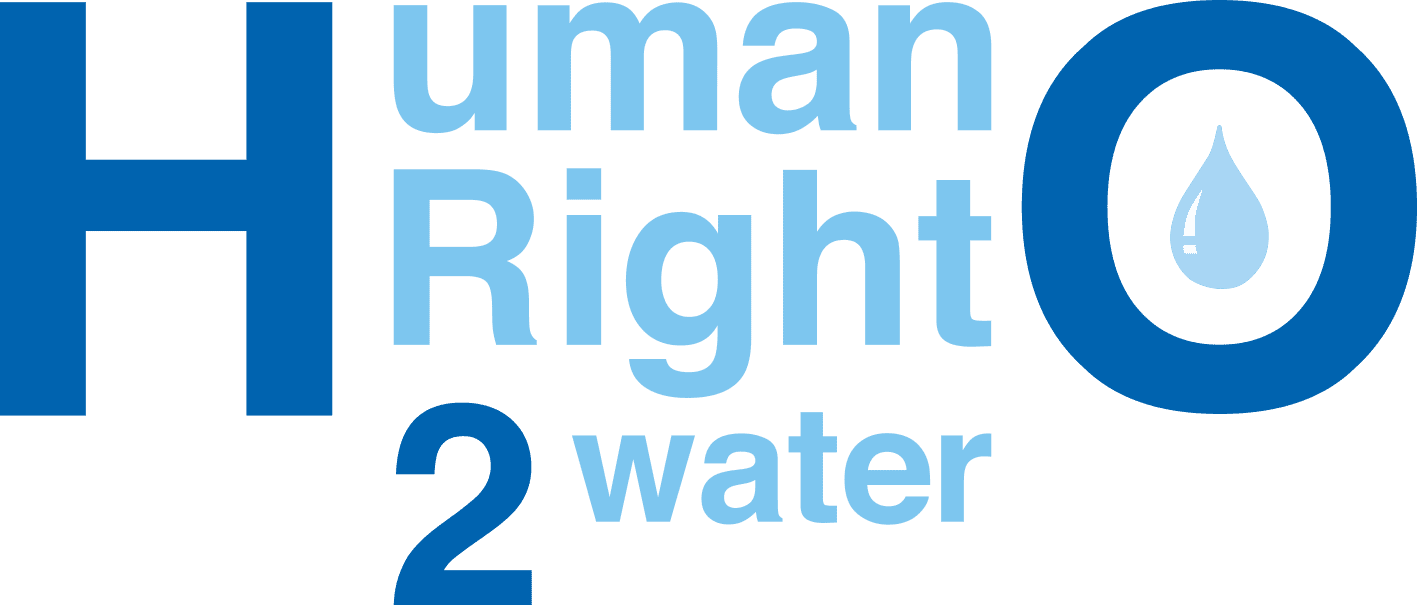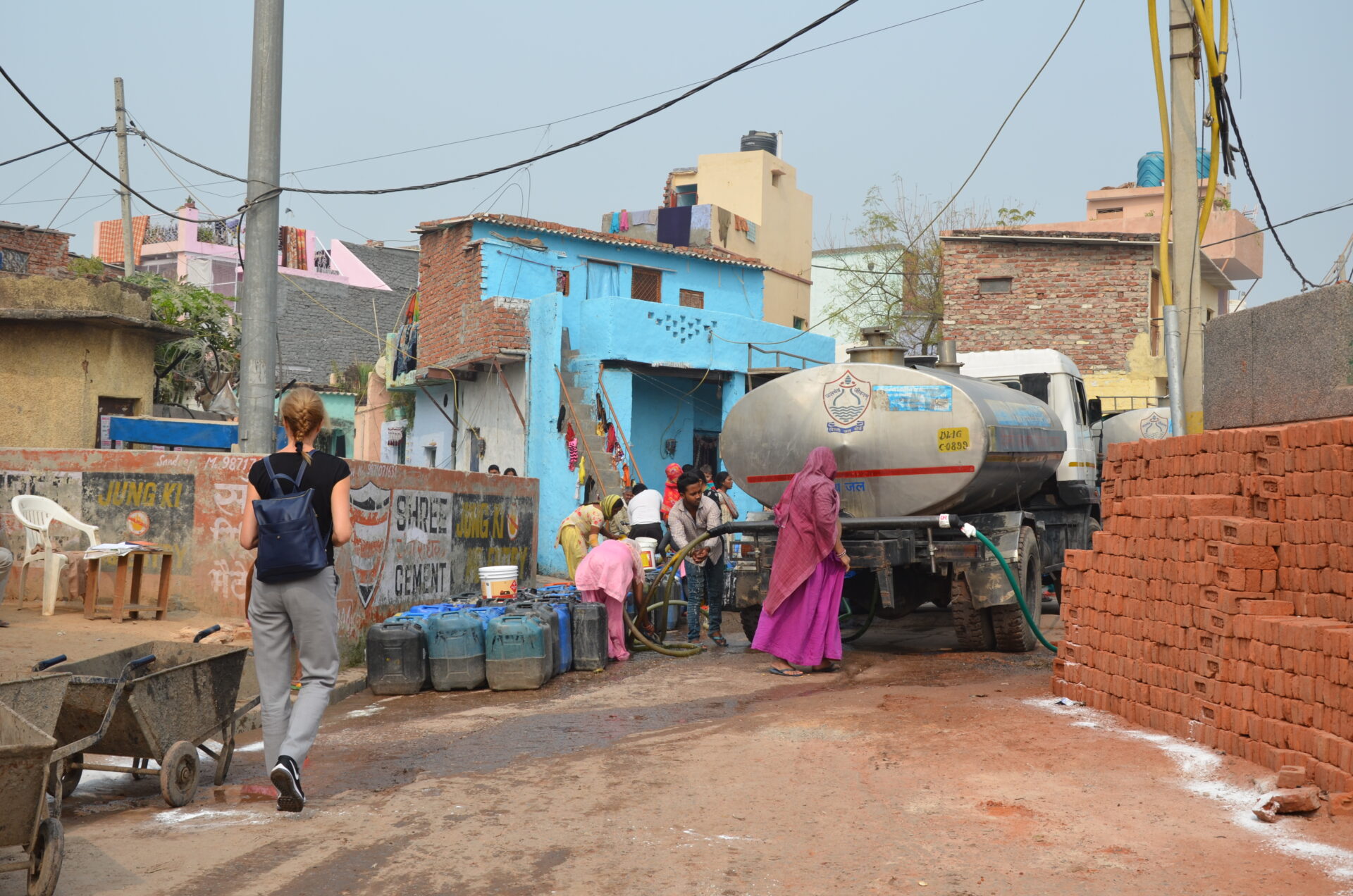Human Right 2 Water

Human Right 2 Water
Avenue Louis-Casaï 18
1209 Genève
Switzerland
Countries of work:
Type of organisation:
Fields of expertise:
- Water Policy
- Water supply, Sanitation and Hygiene (WASH)

HR2W collects, uses and shares expert knowledge on how the human rights to water and sanitation should be integrated into law, policy and practice to realise safe sustainable and safely managed, access to water and sanitation for all, prioritising the most vulnerable and marginalised.
The Reality: Lack of access is a huge obstacle for development, both for society and individuals, and it creates a burden.
SDG 6 targets are formidable goals for many countries, and marginalised people need help to access water and sanitation.
One fifth of the global population (2 billion) people do not have access to safe and sustainable water and 3.6 billion of the world’s population do not have access to safely managed sanitation. Marginalised people do not always have the resources to build expensive or centralised infrastructure. They are hit with extremes in temperature, droughts and floods due to the impact of climate change, and increased demand and pollution related to rapidly increasing populations. Water and sanitation are very low on the political agenda and the few resources available do not tend to go to the vulnerable people that need help. Women and girls are negatively impacted by this gap nearly everywhere.
A solution
A simple step-by-step approach on how to use international law at local level, to identify the people that are being left behind, and the pathway for reaching them through advocacy, integration of simplified policy implementation and monitoring of targeted disaggregated data (by gender and marginalised group). For countries to improve their achievement of SDG 6.
A human rights-based community approach can be adopted, with tailored solutions that are environmentally sustainable, that prioritise the unheard, poorer and marginalised segments of society and give women a greater control over water management. The solutions require us to work with local authorities and relevant stakeholders to understand their challenges. International human rights can be used as a framework to integrate systems into local policy, with allocation of responsibilities and budget, and monitoring of disaggregated data.
The Methodology
The step-by-step guide to SDG 6 using the framework of the human rights to water and sanitation (HRWS) is as follows:
1. Baseline assessment – reviewing current law and policy and practice through the framework of the HRWS Stakeholder engagement – essential throughout the process to engage the community, develop county action plans with local authorities, and encourage political buy-in.
2. Capacity Building – building agency through the inclusion and participation of stakeholders at all levels, sharing knowledge and data on the rights to water and sanitation
3. Adapt human rights indicators – use the baseline assessment to identify the key indicators that should be monitored, including those that are: structural (how policy is integrated), process (who is responsible and how), and outcome (which services to which vulnerable people)
4. Community Action Plans – bring the recommendations to life by setting out responsibilities, budgets and timelines for local stakeholders to set up and monitor the progress towards SDG 6.